What is DWDM: A Beginner’s Guide
Table of content
Introduction
DWDM, which also stands for Dense Wavelength Division Multiplexing, is a high-end technology many hardware enthusiasts use to transform data transfer by extending the optical fiber capacity. It is fulfilled by transferring the numerous data signals, each with a particular wavelength of light, through a single optical fiber. It allows the different channels to coexist on the same fiber. Furthermore, it increases the bandwidth and gives faster and easier communication for longer distances. It is pretty critical in a world entire of important data. DWDM has been made to expand the capacity and efficiency of fiber optic networks. It allows multiple data streams that can transfer all at the same time. To get more helpful information on DWDM, keep reading our blog for valuable insights.
What is DWDM?
DWDM can carry up to 80 wavelength channels, each channel is 0.8nm apart from the other. DWDM connection can intensify and it is used to transfer the data to distant places. CWDM can be used up to 10 Gigabit Ethernet and with the 16G Fiber Channel. It is able to handle high-speed protocols that is up to 100Gbps per channel that makes it suitable technology for protocols that need high speed. Dense Wavelength Division Multiplexing can enhance the bandwidth capacity for the fiber. It maximizes the use of install of fiber cables and give other services so that it can quickly and easily improvised if needed.
How Does DWDM Work
DWDM has tight wavelength spacing that helps to have plenty of channels in the single fiber. It is best used for systems that have eight wavelengths per fiber. It can easily fit up to 40 channels into the C Band frequency range. DWDM is used with the best network management system and adds a drop with the multiplexers, and carriers can quickly adopt transmission networks. It helps grow bandwidth that has a lower cost during the installation of new fiber.
The channel carries 100 Gbps and 192 channels per fiber pair; it has 19.2 terabits per second of the capacity per pair. That has 19.2 terabits per second. It counts the tera bit of per second capacity. The channels are pretty distant and don’t interfere with each other.
What are the benefits of DWDM?
- Outstanding Capacity: Its single-mode fiber can support up to 1Gbps, 10Gbps, or 100Gbps transfer speed. The bandwidth can reach up to tens or hundreds of times without the new fiber. Bandwidth extension can be massive while upgrading the bit rate.
- Protection of Investment: In a DWDM system, the user can extend and increase the network’s bandwidth by adding consistent optical modules without a layer of fiber optic cable. A new wavelength channel can be added while carrying any new service or capacity. It is the best investment for protecting the existing network facilities.
- Cost Effectiveness: DWDM offers TCO, which is the total cost of ownership. It optimizes the single-strand fiber usage, allowing the supplier to avoid using new fibers. This results in material cost savings for the new fibers and reasonable labor cost savings.
- Scalability: DWDM can use the ample dark fiber in other metropolitan areas and enterprise networks to nicely meet the demands for different capacities for point-to-point links.
CWDM vs DWDM: What is a Difference
CWDM, which stands for Coarse Wavelength division multiplexing, is quite similar to DWDM, which uses laser-like beams to transfer information on fiber optic cable. It uses fewer simple electronics and photonics. CWDM has wider channels than DWDM. Below is the table that shows the major differences between them
| Features | CWDM | DWDM |
| Abbreviation | Coarse Wavelength Division Multiplexing | Dense Wavelength Division Multiplexing |
| Unamplified Division | 80 km | 70 km |
| Amplified Distance | 1000 km+ | Not applicable |
| Spacing | 0.8nm | 20nm |
| Channels | 88 (using interleaved) | 18 (Its distance is limited to the water peak) |
| Protocols | All that includes the 100G and beyond 1/10/40 100GE and 8/16/32GFC | Up to 10GE and 8GFC (40G using 4x10G CWDM) |
| Cost Effectiveness | Lower (Quite suitable for metro and the access networks) | Higher (Quite suitable for the long haul and for the backbone networks) |
| Power Consumption | Lower | Higher |
| Applications | Metro networks, Access networks, shorter distances | Lower, designed for more controlled environments. |
| Temperature | High or often-needed the temperature control | Lower, and also designed for controlled environments. |
| Scalability | A limited number of scalability due to the fewer channels | High scalability with more channels. |
How to Test the DWDM
DWDM can be seen in the data centers interconnecting DCI, access metro, and core long-haul networks. Quality tests are needed for seamless network integration of DWDM, with fast optical power, connector loss, sensitivity, dispersion, and cleanliness. The tests generally require the following:
- Optical Power Meter: It tests the optical power of the optical transmitter to meet the specifications’ needs.
- Fiber End Face Microscope: Check the cleanliness of the transceiver and fiber end face connector.
- Channel checker: Confirm the performance of channels and wavelength configuration with the real-time fiber links.
- OTDR: It verifies the performance of the optical test link to avoid interruptions and locate the physical layer issue.
- Optical Spectrum Analyzer (OSA): It measures the central wavelength, OSNR, SMSR, Channel Power, and other characteristics.
Conclusion
Dense Wavelength Division Multiplexing, is a highly efficient and scalable communication technology that is best for the long haul and high data transmission capacity. It allows a vast number of close-spaced wavelengths, and they are in a single fiber; DWDM increases the capacity of the bandwidth within the optical network with the need of the fiber infrastructure. It is helpful for backbone networks with higher demands and more power. Meanwhile, this blog discussed every helpful insight regarding the DWDM. We discussed the benefits and working of the DWDM and its competition with CWDM. To read more informational blogs about packet loss, network automation, and other networking accessories, visit buyrouterswitch.
FAQ’s
What is DWDM in marketing?
It is an optical fiber multiplexing technology that increases the bandwidth of the fiber networks.
Why do we need DWDM?
It increases the bandwidth by allowing the different data streams to be sent simultaneously through the single optical fiber networks.
What are the different types of the DWDM?
DWDM is the one that has been divided in two different primary types Active DWDM and Passive DWDM. Active DWDM is system in which the wavelengths transfer via the optical fiber and can be managed actively and can be manipulated if needed.




 Catalog
Catalog




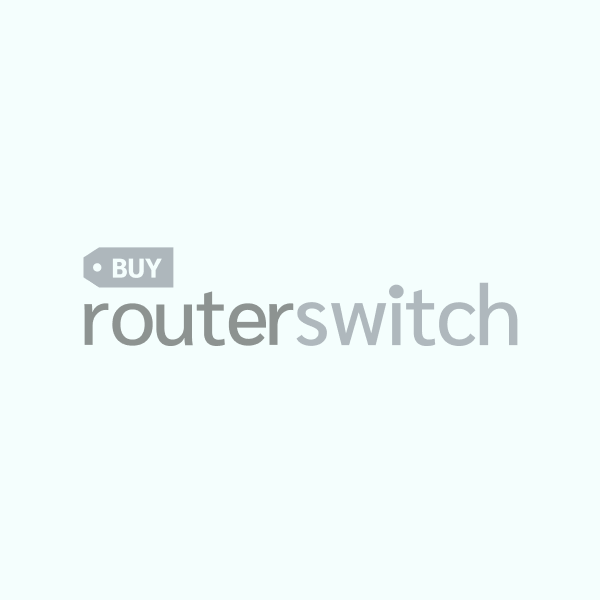
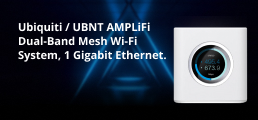

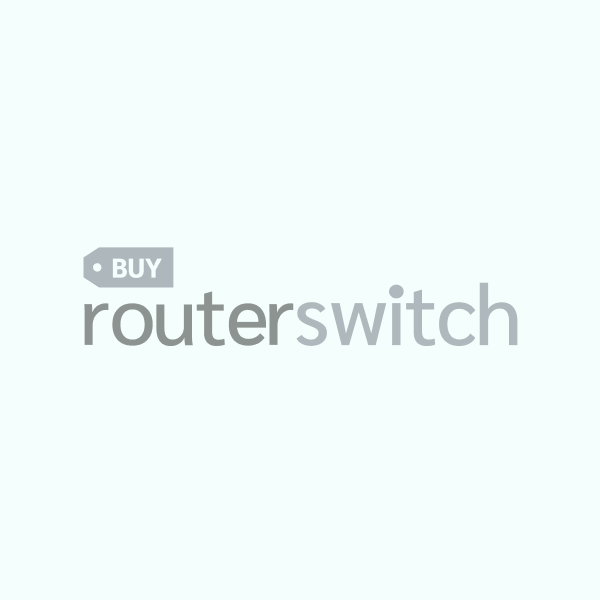
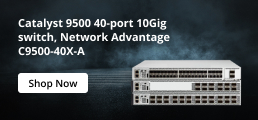







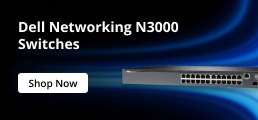






























































































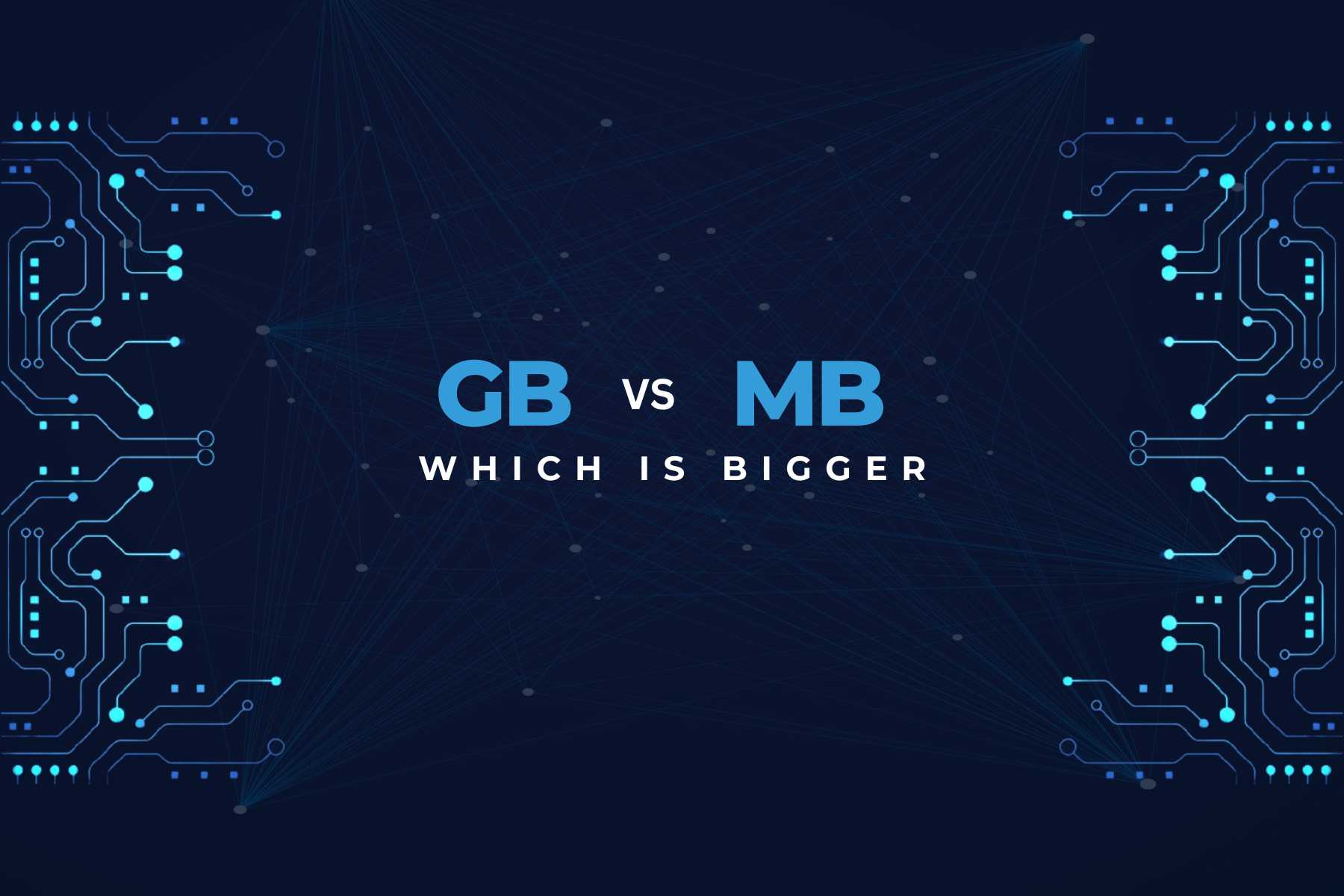
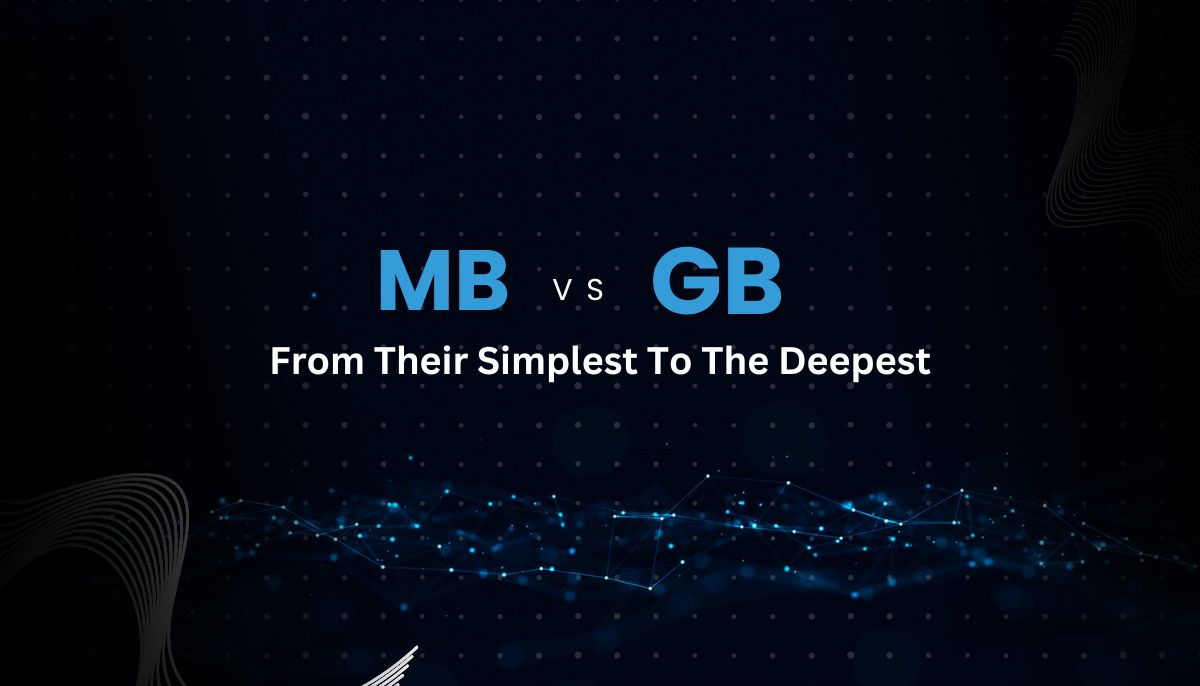




 (800) 870-9487
(800) 870-9487